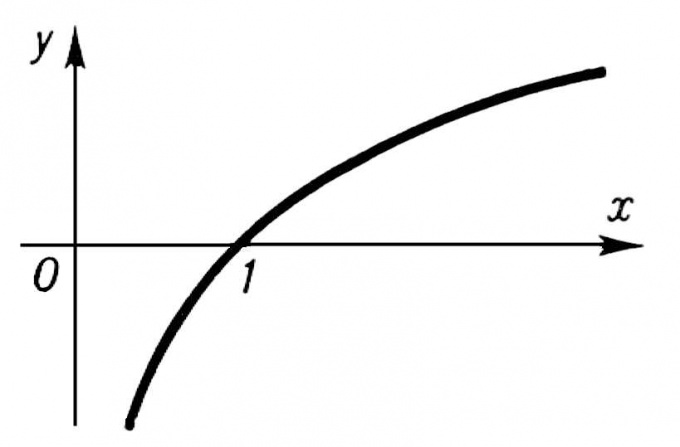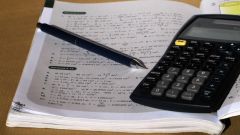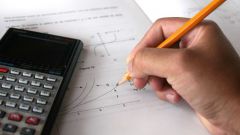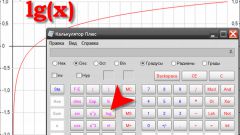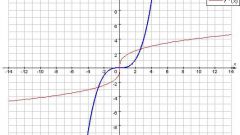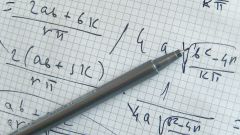You will need
- Calculator, Handbook of elementary mathematics
Instruction
1
First you need to clearly grasp the essence of logarithms. The logarithm is the inverse operation of exponentiation. Repeat the theme "exponentiation of natural numbers". It is especially important to repeat the properties of the degree (work, private, bachelor degree).
2
Every logarithm consists of two numeric parts. The lower index is called a base. The upper index is the number that happens during the construction of the base to the power equal to the logarithm. Have irrational logarithms, calculate that is not necessary. If the logarithm gives the response of a finite natural number, it must be calculated.
3
When solving examples with logarithms you should always be aware of the limitations of the region of the allowed values. The base is always greater than 0 and not equal to one. There are also special types of logarithms lg (common logarithm) and ln (natural logarithm). Common logarithm has base 10 and the natural number e (approximately equal to 2.7).
4
For the solution of the logarithmic examples to learn the basic properties of logarithms. In addition to the basic logarithmic identities need to know the formula of sum and difference of logarithms. Table of basic logarithmic properties are shown in Fig.
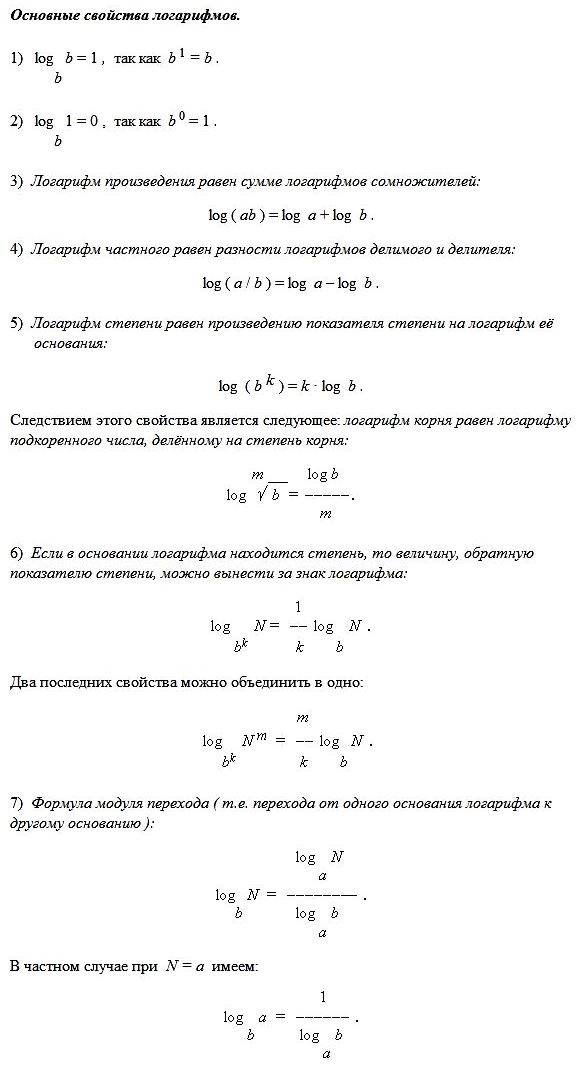
5
Using the properties of logarithms, we can solve any logarithmic example. We just need to bring all the logarithms to one base, then to reduce them to a single logarithm, which is easy to calculate using a calculator.
